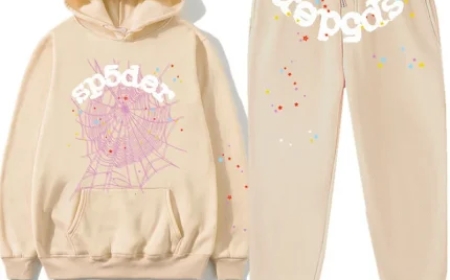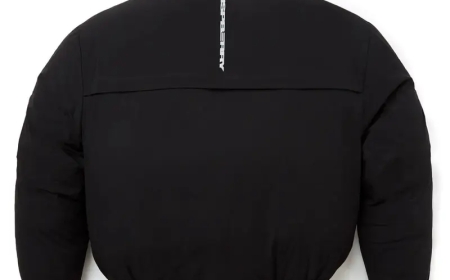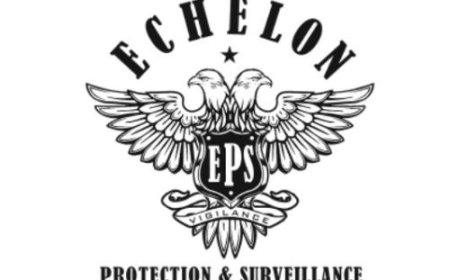Pocket Diaper: A Complete Guide for Eco-Conscious Parents
A pocket diaper is a reusable cloth diaper featuring a waterproof outer layer and a soft inner lining with a pocket for absorbent inserts. It's eco-friendly, cost-effective, and customizable for your baby’s comfort and absorbency needs.

As more parents look for sustainable and budget-friendly baby care options, pocket diapers have become an increasingly popular choice. Combining the convenience of disposable diapers with the eco-friendliness of cloth, pocket diapers offer a smart solution for modern parenting. This article explores everything you need to know about pocket diapers, from their features to benefits, how to use them, and tips for choosing the best ones.
1. What is a Pocket Diaper?
A pocket diaper is a type of reusable cloth diaper that includes a waterproof outer layer and a soft inner lining with an opening or pocket. This pocket holds an absorbent insert, which absorbs moisture and keeps your baby dry.
The key components of a pocket diaper include:
-
Waterproof outer shell (typically made of PUL or TPU fabric)
-
Stay-dry inner layer (usually suedecloth or microfleece)
-
Absorbent inserts (made of microfiber, bamboo, cotton, or hemp)
Unlike all-in-one diapers, pocket diapers allow you to customize absorbency by adding more or fewer inserts based on your babys needs.
2. How Do Pocket Diapers Work?
Pocket diapers are simple to use, making them ideal for both first-time and experienced parents. Heres how they work:
-
Insert the absorbent pad into the pocket opening of the diaper.
-
Put the diaper on your baby just like a regular disposable diaper.
-
Change the diaper when it becomes wet or soiled.
-
Remove the insert from the pocket before washing.
-
Wash and reuse after drying.
The beauty of the design is that the absorbent material is separate, which speeds up drying time compared to all-in-one cloth diapers.
3. Benefits of Using Pocket Diapers
Pocket diapers come with several practical and eco-friendly benefits that make them a go-to choice for sustainable parenting.
3.1 Cost-Effective
Though the upfront cost may seem high, pocket diapers save hundreds of dollars over time when compared to disposables.
3.2 Reusable and Eco-Friendly
By switching to reusable pocket diapers, families can reduce the waste from thousands of disposable diapers ending up in landfills.
3.3 Customizable Absorbency
You can choose the insert material and layering to adjust the absorbency based on day or night use.
3.4 Comfortable and Breathable
The inner lining of pocket diapers helps wick moisture away from your baby's skin, keeping them comfortable and rash-free.
3.5 Stylish and Fun
Available in a wide variety of colors and prints, pocket diapers can be a fun addition to your babys wardrobe.
Keywords: benefits of pocket diapers, eco-friendly baby care, diaper rash prevention, cloth diaper savings
4. Types of Inserts for Pocket Diapers
The performance of your pocket diaper largely depends on the insert you choose. Here are the most popular insert materials:
4.1 Microfiber Inserts
-
Fast-absorbing but prone to compression leaks
-
Not recommended for placing directly against babys skin
4.2 Bamboo Inserts
-
Highly absorbent and more eco-friendly
-
Natural antibacterial properties
4.3 Cotton Inserts
-
Affordable and absorbent
-
May feel bulkier than other materials
4.4 Hemp Inserts
-
Most absorbent but slower to absorb
-
Ideal for nighttime use when combined with other inserts
5. How to Wash Pocket Diapers
Proper washing extends the life of your diapers and keeps them fresh and absorbent.
Step-by-Step Washing Guide:
-
Remove solids and rinse diapers if necessary.
-
Separate inserts from covers.
-
Pre-wash with cold water (no detergent).
-
Main wash with warm or hot water and cloth-diaper-safe detergent.
-
Dry by air or on low heat in the dryer.
Avoid using bleach, fabric softeners, or heavy oils, as they may reduce absorbency.
6. How Many Pocket Diapers Do You Need?
The number of pocket diapers you need depends on your babys age and how frequently you plan to do laundry.
-
Newborns (03 months): 1012 diapers per day
-
Infants (36 months): 810 diapers per day
-
Older babies (612+ months): 68 diapers per day
A basic stash of 2030 pocket diapers is typically enough for most families.
7. Tips for Choosing the Best Pocket Diaper
Choosing the right pocket diaper involves more than just the price. Consider these features:
-
Adjustable sizing (snap or Velcro closure)
-
Double gussets for better leak protection
-
Natural fiber inserts
-
Wide pocket opening for easy stuffing
-
Trusted brand with good reviews
Brands like BumGenius, AlvaBaby, Noras Nursery, and Thirsties are known for reliable quality.
8. Common Pocket Diaper Myths Debunked
8.1 Cloth diapers are too much work.
With modern washers and diaper liners, cloth diapering is easier than ever.
8.2 They always leak.
Leaks are often due to poor fit or the wrong insert combonot the diaper itself.
8.3 They're not hygienic.
Proper washing routines make cloth diapers completely sanitary and safe.
Conclusion
Pocket diapers are an excellent choice for eco-conscious families who want a practical, cost-effective, and stylish alternative to disposable diapers. With the flexibility to adjust absorbency, quick drying features, and reusable design, they make parenting a little easier and a lot greener.Whether you're new to cloth diapering or looking to upgrade your stash, pocket diapers offer the perfect blend of function and sustainability. Try them outyou might be surprised how simple and rewarding it can be!































